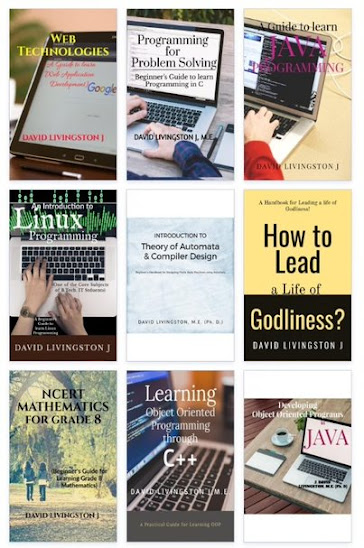Case Study Questions
(Date of Submission: 25-09-2025)
Batch 1:
A hospital wants to develop a patient management system. How would you gather requirements from different stakeholders (doctors, nurses, patients, administrators)?
What techniques would you use to handle conflicting requirements between stakeholders?
Batch 2:
A startup wants to build an e-commerce platform in a short time. Which SDLC model would you recommend (Waterfall, Agile, Spiral, etc.) and why?
Identify risks involved in choosing the Waterfall model for a mobile app development project.
Batch 3:
Consider a ride-sharing application like Uber. How would you design its architecture to ensure scalability and reliability?
Compare monolithic and microservices architectures for the same system. Which would you choose, and why?
Batch 4:
A banking application must handle millions of transactions daily. What testing strategies would you apply to ensure its correctness and security?
If a bug is reported after deployment, how would you trace and fix it without affecting the live system?
A project is running behind schedule due to unclear requirements. As a project manager, what corrective actions would you take?
How would you apply cost and effort estimation techniques (e.g., Function Point, COCOMO) in a real-world project?
A university’s student portal built 10 years ago needs modernization. What challenges might arise in software maintenance?
How would you decide between re-engineering the system versus building a new one from scratch?
How
would you measure the success of an online food delivery application in
terms of software quality attributes (performance, reliability,
usability, security)?
What metrics would you track during development and after release?
How can DevOps practices improve the deployment cycle of a cloud-based application?
Discuss the ethical and engineering challenges of using AI in healthcare software.
Batch 9:
Scenario: A startup wants to build a mobile app that connects dog owners with dog walkers in their neighborhood.
The app should allow owners to find, book, and pay for services, while walkers can manage their schedules and earnings.Questions:
9.1 What are the key functional and non-functional requirements for this app? Provide at least five of each.
9.2
What techniques would you use to elicit requirements from stakeholders
(e.g., dog owners, potential walkers, the startup's CEO)? Justify your
choices.
9.3 How would you handle potential
conflicts or ambiguities in the gathered requirements? Provide a
specific example of a potential conflict and how you'd resolve it.
Batch 10:
Scenario: A museum wants to create a mobile app that offers an interactive guided tour. The app should use augmented reality (AR) to overlay historical information on exhibits, provide indoor navigation, and allow users to save their favorite artifacts.
Questions:
10.1 Discuss the choice between native development (iOS/Android) and cross-platform frameworks (e.g., React Native, Flutter) for this app. What factors would influence your decision?
10.2 How would you approach the technical challenges of indoor navigation and AR integration? Describe the sensors or technologies required and the software components involved.
10.3 Propose a strategy for testing the app's performance and usability. How would you handle testing for different devices, screen sizes, and lighting conditions, which could affect the AR features?



